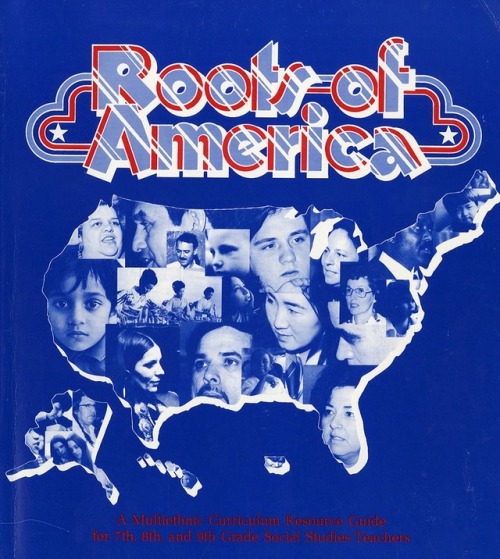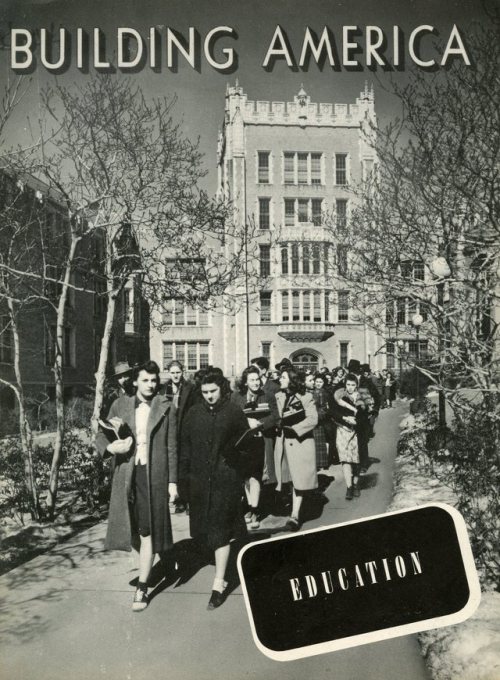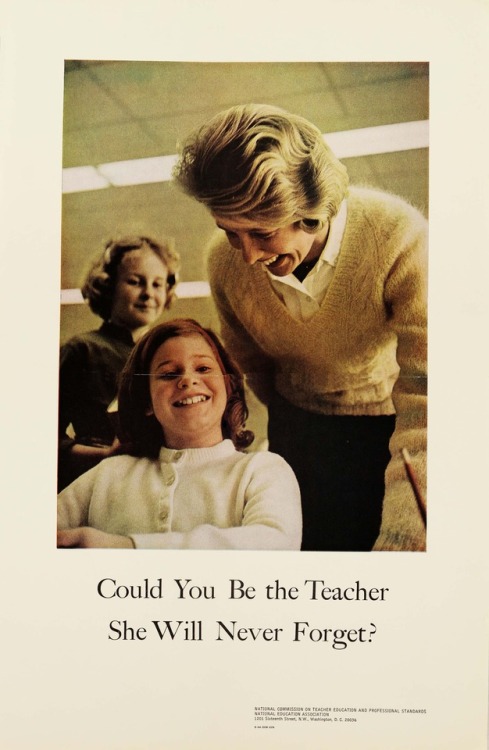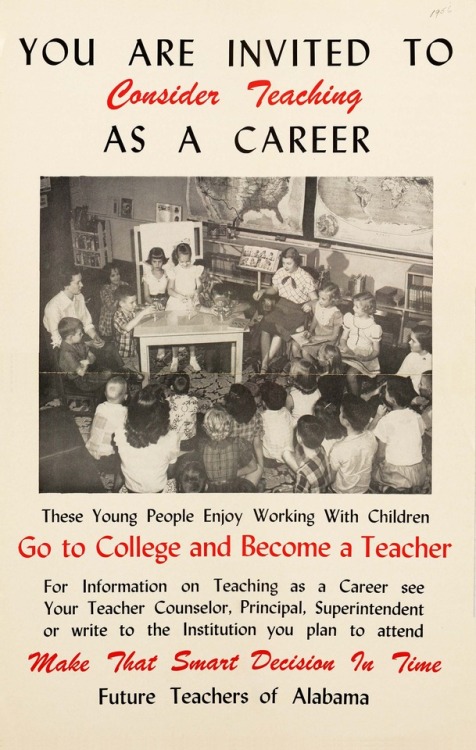#national education association
Schools have always been a crucial building block in American society. It is a place where our young people learn a common history, our civic laws, and the common ideals that continue to shape our nation. But it’s important to recognize that those ‘commonalities’ may represent the experience of the majority and don’t necessarily include the many perspectives and standpoints of non-white and non-male students. Learning about this country should mean learning about the specific experiences of all the many groups and identities to better understand the ideals that are in fact shared across our diverse populations.
As an advocate for teachers and for social justice, the National Education Association (NEA) proactively sought to address this issue more than 40 years ago. It published “Roots of America: a multiethnic curriculum resource guide for 7th, 8th, and 9th grade social studies teachers.” This report sought specifically to address the myth of the melting pot and that America is one monoculture to which everyone contributes equally.
As one Black educator noted, while some groups may melt into the pot, it ’ has never been hot enough to melt the Black man.’ The report acknowledges that the experiences of an Italian-American, a Black-American, and a Native American are not the same. Devoting a chapter to eight ethnic groups, the book provides a summary of how members of that group may have experienced American history, ideas for lessons, and a bibliography.
If you would like to take a look at Roots of America or learn more about how the NEA worked towards inclusion, contact Special Collections.
Post link
A recent episode of Malcolm Gladwell’s podcast, Revisionist History, delves into the unfair dismissals of black teachers after the Supreme Court’s ruling in Brown v. Board of Education. Gladwell pieces together a narrative drawn extensively from archival sources, including oral histories from Duke University Library’s collection: “Behind the Veil: Documenting African-American Life in the Jim Crow South.”
Gladwell explains that as school systems consolidated, white educators kept their teaching or administrative positions and black educators were fired in many cases or pushed out through marginalization. The National Education Association (NEA), as an advocate for the fair hiring practices of educators, drew attention to this inequity through the dissemination of reports, lawsuits, and statistics for decades after the ruling. The archives of the NEA are held by GW Libraries Special Collections and contain details of this injustice.
After our NEA Archivist, Vakil Smallen, heard the episode he immediately went to the collections to look for further original documentation of what Gladwell described. He found many sources and over the next few weeks we will share examples on our Tumblr.
TheNEA Task Force on School Desegregation in Louisiana wrote a report in 1970,16 years after the Court’s ruling, that details the many and varied accounts of black teachers being humiliated into quitting if they were not outright fired.
What follows are some of the examples of the mistreatment endured by educators of color in the Louisiana public school system documented in this 1970 report:
- Former administrators being demoted to teaching or janitorial positions in newly integrated schools.
- In one case, an elementary school principal with 27 years of experience was asked to teach a subject he was not certified in and he was later terminated on the grounds that he was unqualified to properly instruct on this subject.
- Some accounts detail former principals being reduced to offices in closets or given menial tasks such as being put in charge of attendance or distributing textbooks instead of leading schools.
- Black teachers were far less likely to receive the school assignment of their choice and had to accept assignment to an unwanted school or quit.
- Black teachers were instructed that they could not discipline white students for misbehavior.
Images above:
1. Photograph taken from the December, 1967 issue of the Southern Education Report.
2. Report Snapshot: Sample text from the NEA’s report on Desegregation in Louisiana
3. Headline taken from the Oct. 6, 1968 issue of The Advocate, a Baton Rouge based paper serving the entire state.
Post link
Let’s take a moment to appreciate those students who intend to become educators themselves. This selection of posters comes from the Future Teachers of America, whose records can be found in Gelman Library Special Collections, as a part of the papers of the National Education Association.
Post link
In 1979, the National Education Association saw an ambition of theirs realized with the creation of a cabinet-level Department of Education. The records of the NEA suggest that the Association had been campaigning for this development for almost a decade before it came to pass. This item, found in the collection, predates that campaign by 50 years. The Association has long fought for the value of public education, and a federal office devoted to public schools and school teachers was considered an important asset for their cause.
Post link
With the recent events in Charlottesville fresh in our minds, Nazis and racist extremists seem to be on the rise. We wanted to share something from our collection as a reminder that these groups have unfortunately been around for a long time.

In 1983, the National Education Association produced a report titled Extremism in the United States. It opens by mentioning the ‘marked increase’ in visibility of extremist movements in the early 1980s. The report is a good resource on those groups at the time, with news stories, in-depth studies, and statistics like those found below.















